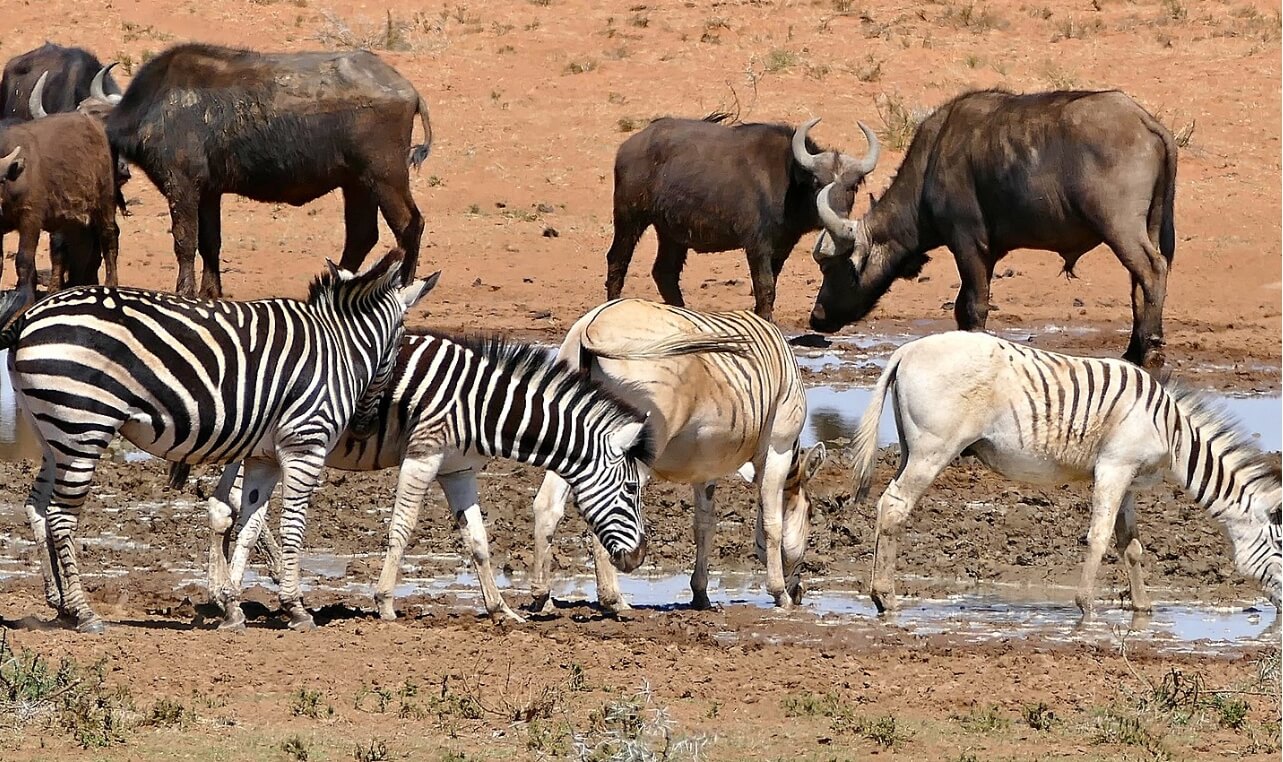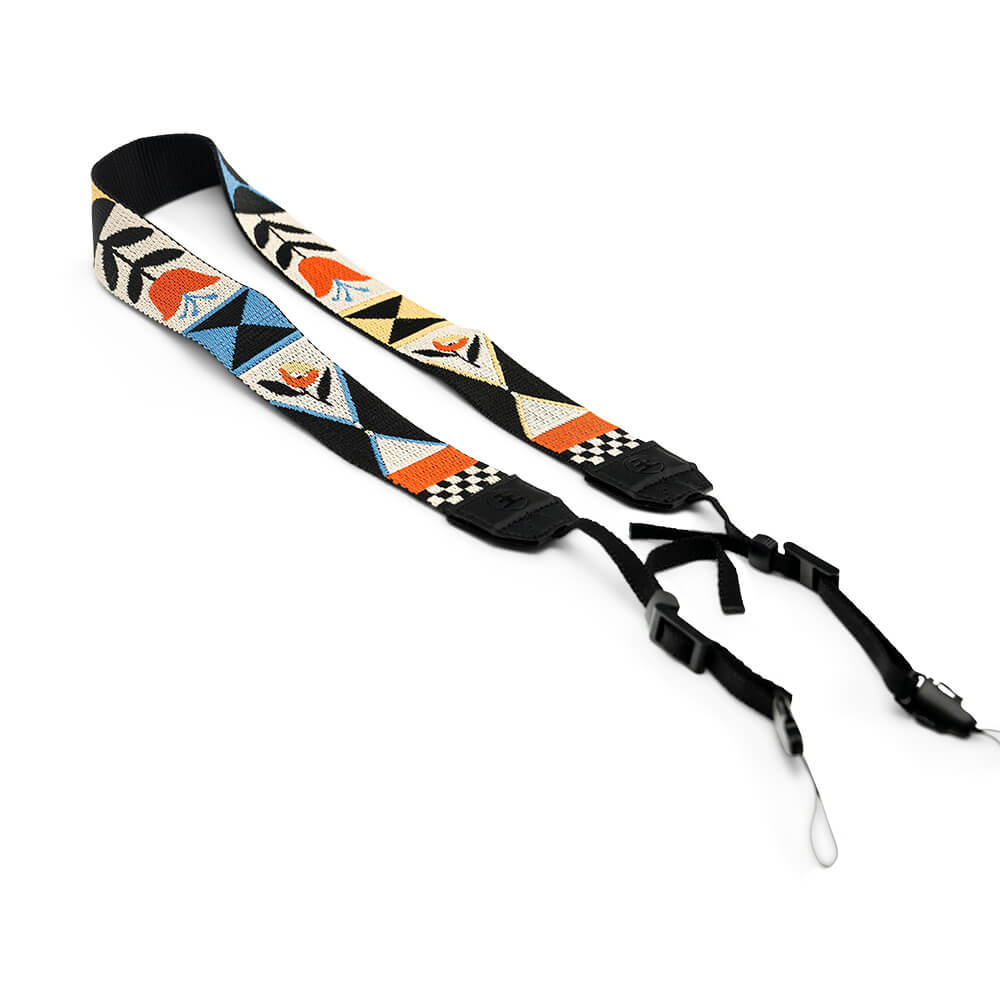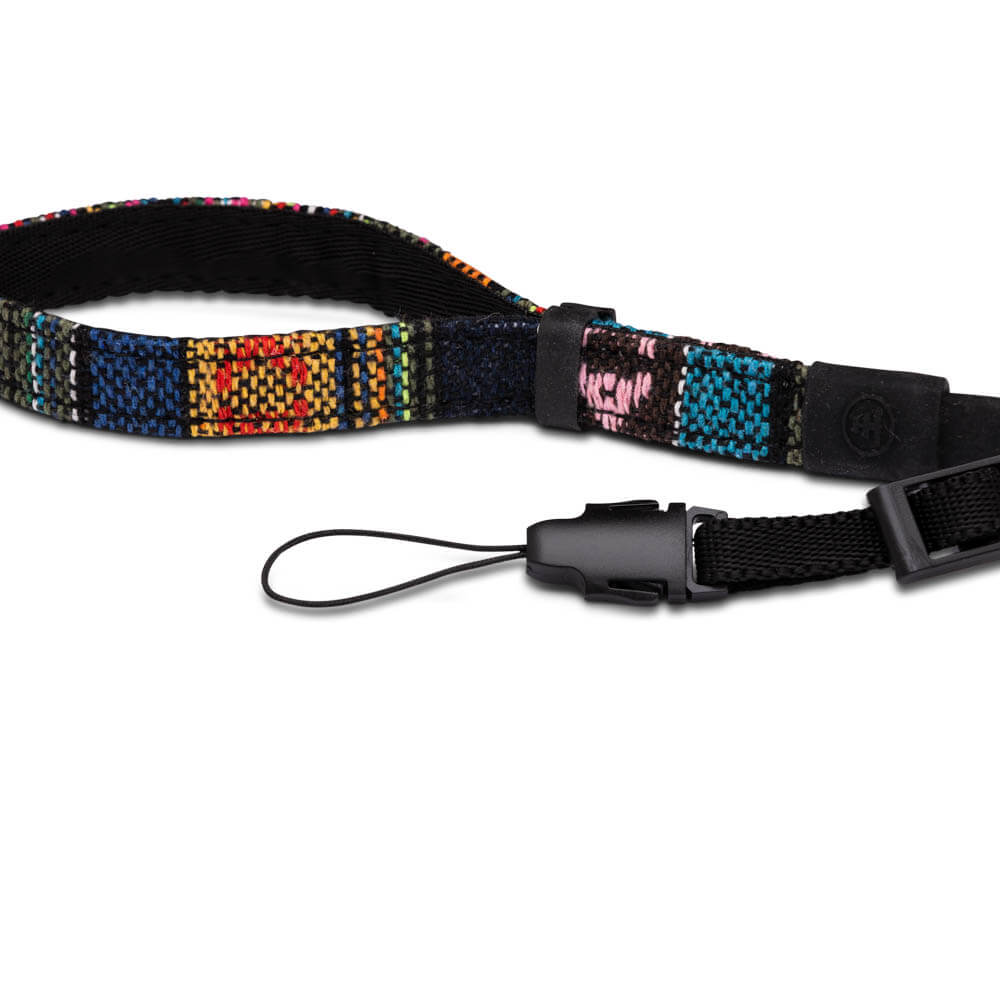What’s the biggest difference between a quagga and a zebra? Their rear ends!
You’ll notice that while a zebra’s stripes extend from head to tail, the
quagga’s stripes seem to fade mid-way. There are a few theories for this
evolutionary adaptation, but we will get into that shortly.
The
most defining difference between these species is a much harsher reality; it
concerns their general existence. While the zebra we all know and love is
still seen roaming in Africa, the same has not been said about the quagga in
almost 140 years.
Quaggas were a subspecies of the plains zebra (most common zebra), which had
diverged during the Pleistocene epoch. Like its relatives, the quagga was
endemic to South Africa. It lived amongst the indigenous San people of this
region — remaining cave art portrays this.
Since the quagga extinction was relatively recent, we have a collection of
artifacts that give us a better understanding of it. This mainly comes from
specimens and some documented observations from the time of their existence.

Features
Quaggas were distinguished from zebras by the fading of their stripes on their
back ends. Upon each individual quagga was a unique pattern and distribution
of stripes; no two quaggas looked exactly alike.
Some described the animal as resembling a zebra from the front and a horse
from the back. The quagga’s front was full of stripes, almost identical to a
zebra — and its hind legs and half of its back were solid brown.
There are a couple of different hypotheses for why quaggas lacked the rear
striping. It’s worth noting the correlation between quaggas and the southern
plains zebras inhabiting this same region. The further south the zebras, the
lighter the stripes.
Some theories for this include:
Identification — the difference in pattern distribution could have made it
easier for quaggas and zebras to stick to their kind in case they get mixed up
in a stampede.
Cooler climate — it’s theorized that the stripes help with thermoregulation
(maintaining a cool body temperature). Quaggas lived in the cooler climate of
Southern Africa, which could explain the fading of their stripes.
Fewer flies — another hypothesis is that zebras developed their stripes to
discourage flies from biting them (apparently, flies don’t like stripes!). As
quaggas lived in the milder climate of South Africa, they didn’t face nearly
as many biting flies.

A dark dorsal marking extended down their back, with an underbelly that was
white. Their striped manes stood stiff and straight up — and their thick
winter coat molted once per year.
The quagga’s body stretched about 8’5” long, and its shoulder height stood up
to 4’5”. Interestingly, quagga females (mares) were significantly larger than
males (stallions). However, their closest relatives do not share this trait as
zebra stallions are larger than mares.
There is only one quagga that was photographed alive, and the photographer
captured just 5 photos. The photos were taken of a mare from London’s Zoo
sometime during the 1860s.
Habitat and Diet
During their existence, the quagga population scattered across South Africa.
The largest number of individuals thrived in the Karoo region of Cape Province
and the southern region of the Orange Free State. These lands contained a vast
array of flora and fauna species, of which many were endemic.
However, the quaggas were not concerned with such biodiversity. Their
attention was limited to the grassy fields. As a grazing species, their diet
comprised grass, grass, and more grass.
Behavior
A quagga herd was like a well-oiled machine. Each herd consisted between 30
and 50 individuals — each doing its part to keep the group safe.
Observers reported the quagga as being a semi-diurnal creature. While the herd
slept, one member would graze while keeping watch for sneaky predators in the
night. After about an hour of grazing, another member would take its shift,
grazing and standing guard.
No quagga was left behind — even the sick and crippled were aided and
protected by the group. In case an individual became seperated (usually from
stampedes), a unique call was used to relocate the missing quagga. Quaggas
stayed true to their community for life.

When it came to human interaction, quaggas are said to have been more docile
than their zebra relatives. Although, they seemed to put up quite a fight when
forced into captivation. Europeans attempted to bring quaggas into their zoos,
but the mission proved unsuccessful. This project was ceased when one quagga
threw itself into a wall, killing itself in a fit of rage.
Still, humans found a way to take advantage of the animal’s short temper.
Farmers surrounded their livestock with the territorial quaggas, as they would
attack any tresspasser.
Extinction
It was human interference that led to the animal’s demise. Europeans settled
in the quagga’s territory; their domesticated animals went into competition
with the quaggas for food. Not only this, but the new settlers hunted the
animal excessively for its meat and skins. Quagga skins were both traded and
used in their local communities.
The last group of wild quaggas lived in the Orange Free State, but by 1878,
the animal went extinct. As the European zoo’s breeding programs failed, the
last captive quagga died in 1883 (Amsterdam).

In 1987, The Quagga Project was created in efforts to reintroduce the animal
to its habitat in South Africa. However, they’re not exactly quaggas… and the
project is a bit controversial.
It’s accomplished by a method called breeding back, which uses selective
breeding to create animals that look like the extinct species. The animals
bred in this project are Burchell’s zebras, which are a southern plains
species with lighter striping on their back ends. While the offspring
eventually resemble quaggas in appearance, they are totally different,
genetically.


